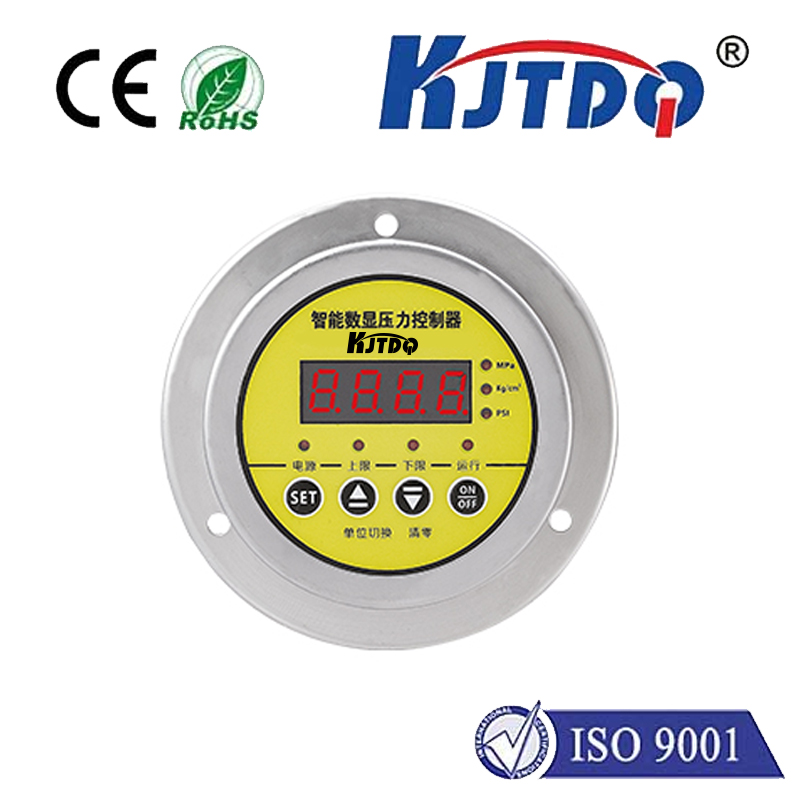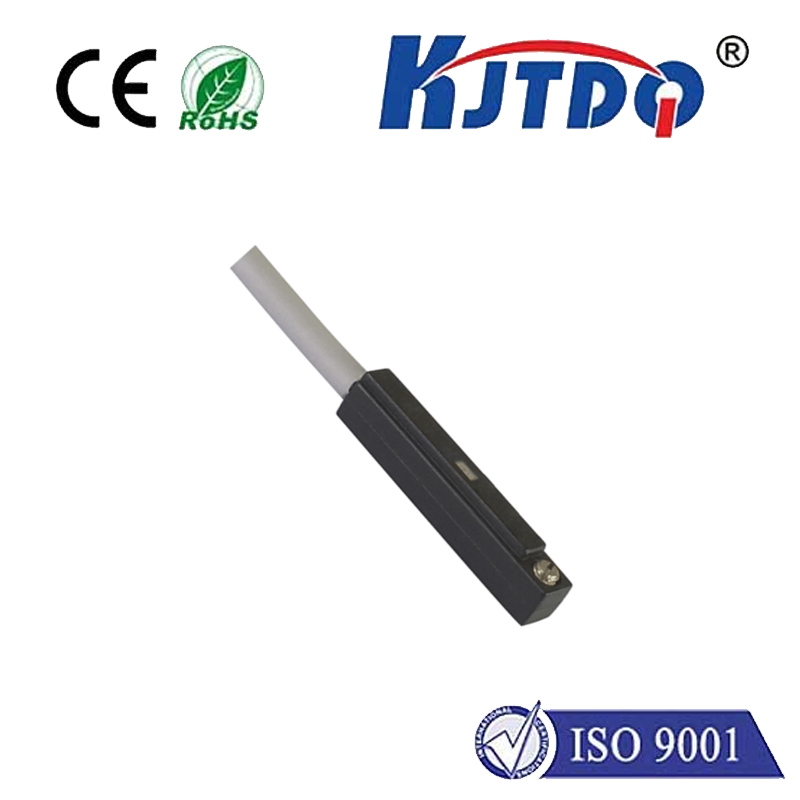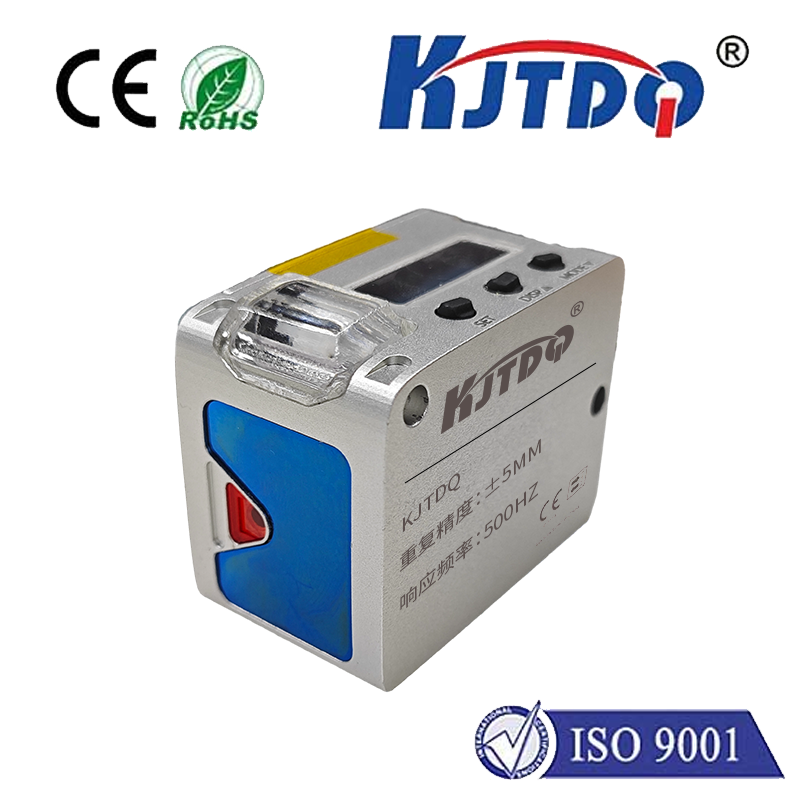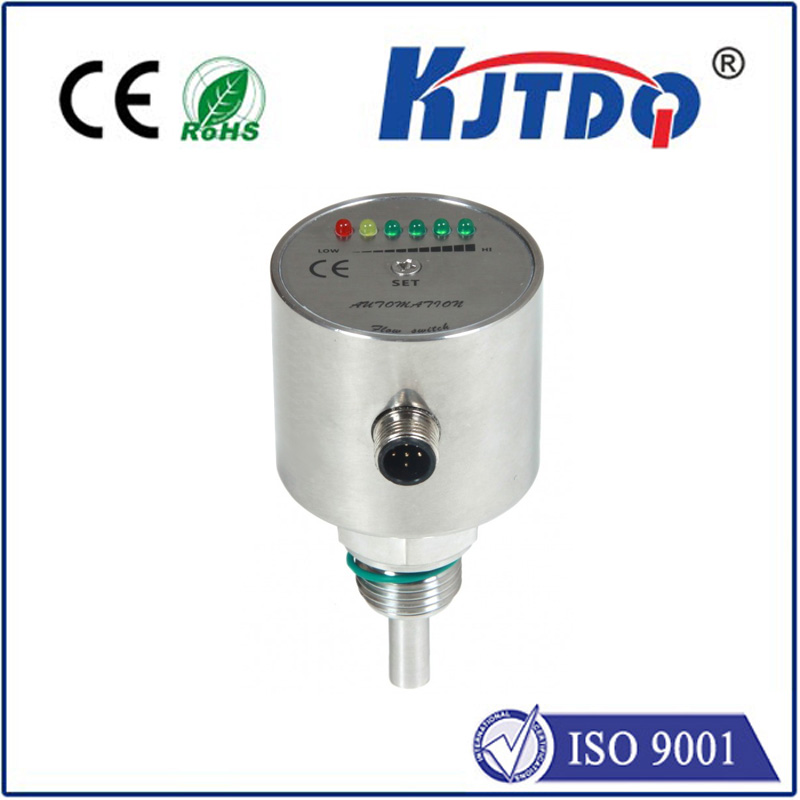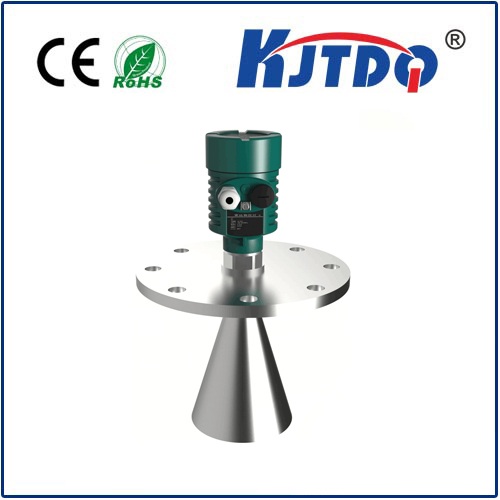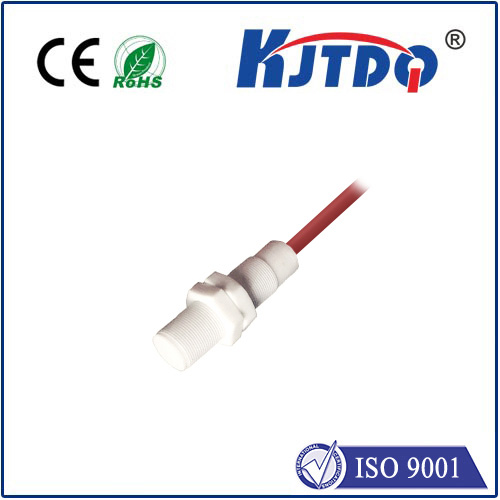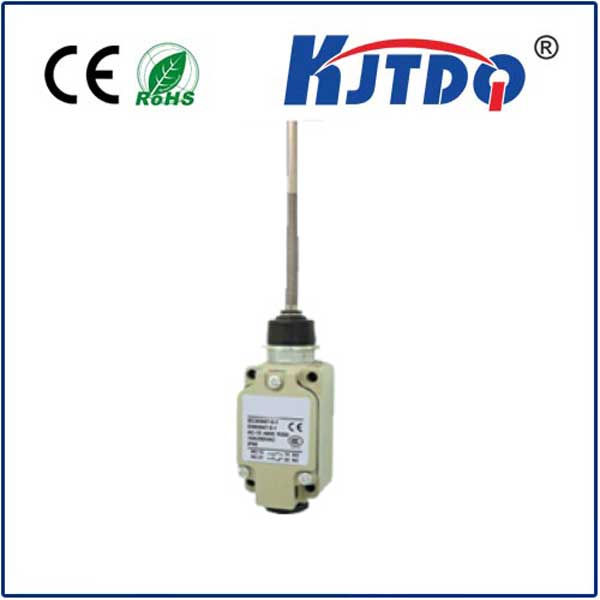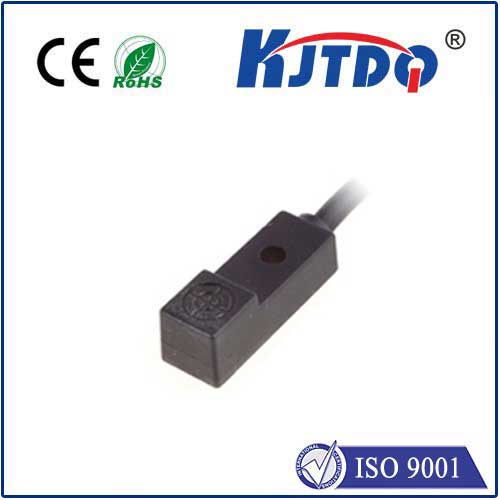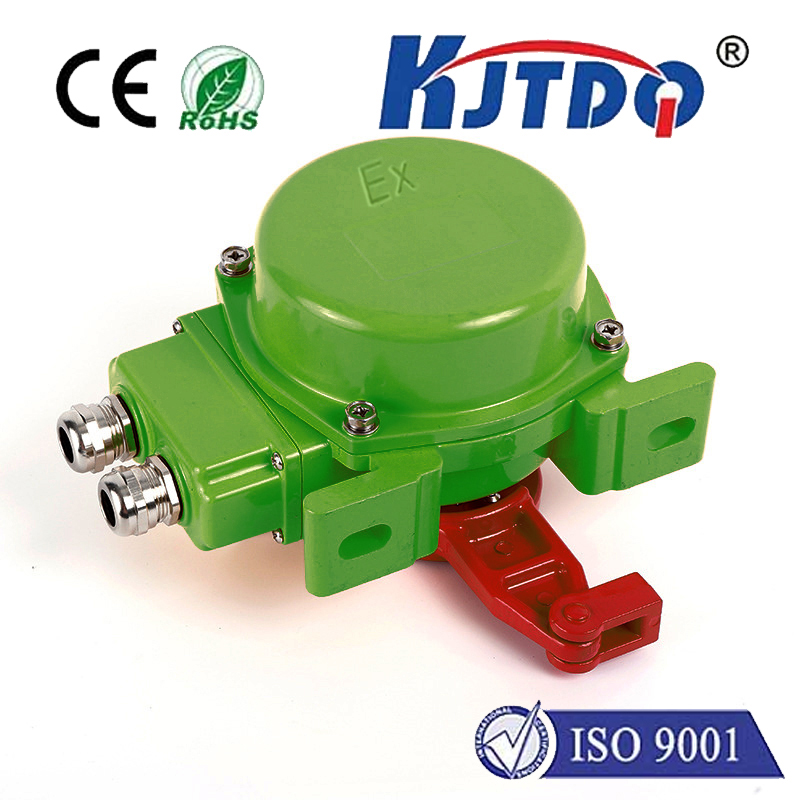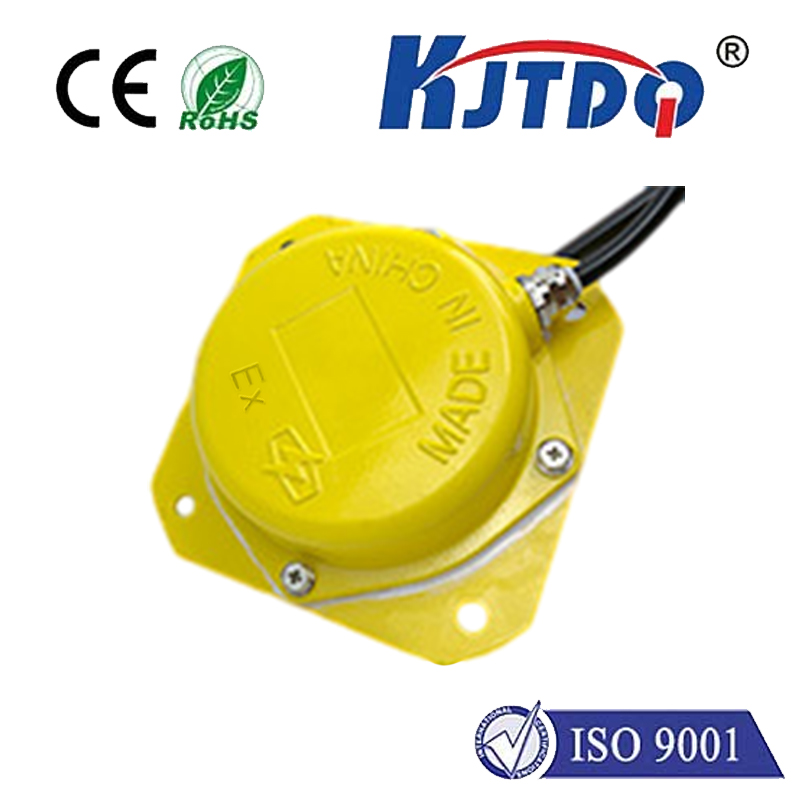
check

check

check

check
Title: Understanding Inductive Limit Switches: An In-Depth Guide
Introduction:
An inductive limit switch is a crucial component in various industrial applications, serving as a fundamental tool for detecting the presence or absence of an object within a designated area. This guide aims to provide a comprehensive understanding of inductive limit switches, their working principles, and their significance in diverse sectors.
Working Principle of Inductive Limit Switches:

Inductive limit switches operate on the principle of electromagnetic induction. These switches consist of a coil of wire that generates an electromagnetic field when an electrical current passes through it. When a metal object comes into close proximity to this field, it disrupts the field's balance, which triggers the switch's output signal. This signal can then be used to initiate or terminate specific actions or processes based on the presence or absence of the detected object.
Applications of Inductive Limit Switches:
The use of inductive limit switches extends across numerous industries, including manufacturing, robotics, automotive, packaging, and many more. They play a vital role in machine controls, ensuring precise positioning and movement of components, thereby enhancing overall efficiency and productivity. In addition, they are instrumental in conveyor systems, where they monitor product flow and prevent jamming or mishandling of materials.
Benefits of Using Inductive Limit Switches:
One of the primary benefits of using inductive limit switches is their reliability and durability. Unlike mechanical switches that rely on physical contact and can wear out over time, these switches offer a non-contact means of detection with minimal wear and tear. Moreover, they can work effectively under harsh conditions such as high temperatures or in environments with dust or moisture, making them ideal for industrial settings.
Conclusion:
Inductive limit switches are essential devices that contribute significantly to industrial automation and control processes. With their robust construction and reliable operation, they have become an integral part of modern machinery and systems. By understanding how these switches function and recognizing their wide range of applications, engineers and technicians can leverage their benefits to enhance operational efficiency and precision across various sectors.
